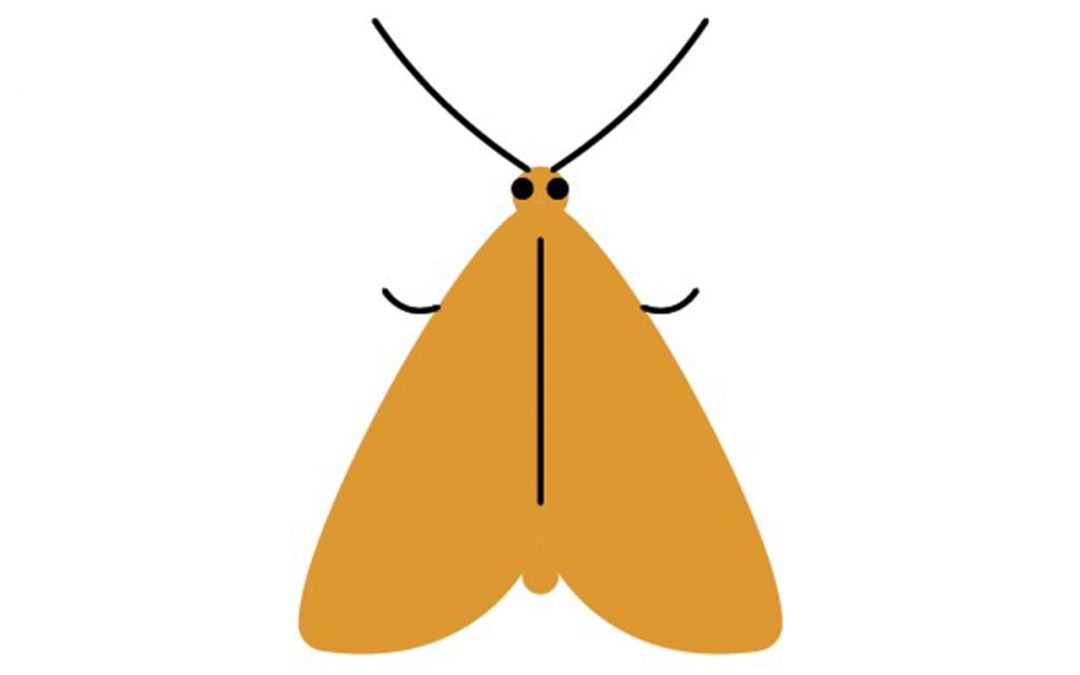Not a good sign. You open up your closet doors and a moth flutters out. Time to check your clothes for holes. Here’s the thing. The moth that just made an exit from your closet wasn’t munching away on your favorite wool sweater – or any other piece of clothing for that matter.
It’s true that moths eat clothes, and you have to protect your clothing from the damage they can cause. But, there’s more to the story than you think. Here’s what you need to know.
Two Kinds of Moths
Throughout most of the United States there are mainly just two species of moths that damage clothes. Both are members of the family Tineidae bisselliella, and they’re more commonly known as either the casemaking clothes moth or the webbing clothes moth.
Don’t blame the adult moth that just flew out of your closet for the damage to your clothes. It doesn’t have the mouthparts to munch on material. And, if you saw the adult moth but no clothes damage, you’re still not out of danger.
This is because it’s the larvae that adult moths deposit on your clothes. They seek out specific types of material. The moths are looking for fibers high in keratin content. This natural protein is the perfect nourishment for larval moths. You probably already guessed that wool happens to be extremely rich in keratin.
These species of clothes-eating moths differ from others in that they’re not attracted to light. It’s one of the reasons why they choose to hang out in your closet. Of course, it’s also a great place to find sources of keratin for their offspring.
Protecting Your Clothes from Moths
How do you keep moths out of your closet? If you’ve heard that cedar does the trick, you’re partially correct. The aromatics in cedar wood repels moths, so closets lined with cedar planking or cedar hanging inserts will help you keep the adults from taking refuge there. Unfortunately, cedar does nothing to the larvae that will ultimately hatch and create the holes in your clothes. So, it’s important to keep in mind that cedar is really just a part of any effective approach.
If you plan to store clothes made from natural fibers – especially wool – for long periods of time, have these garments professionally dry cleaned first. While it’s the keratin that clothes moths crave, even adult moths are attracted to clothes that have food spills or stains on them. The professional dry cleaning process will launder your garments, rid them of any moth larvae, and properly prepare them for hanging in the closet.
Check out our FAQ page for our take on common questions our customers ask about things like leaving clothes in the plastic bag and cleaning clothes before storing them.

